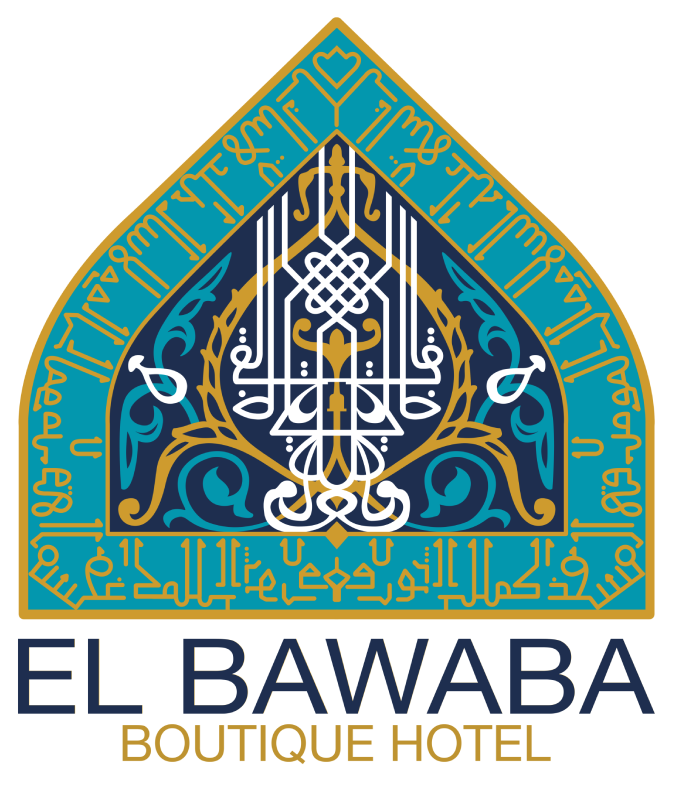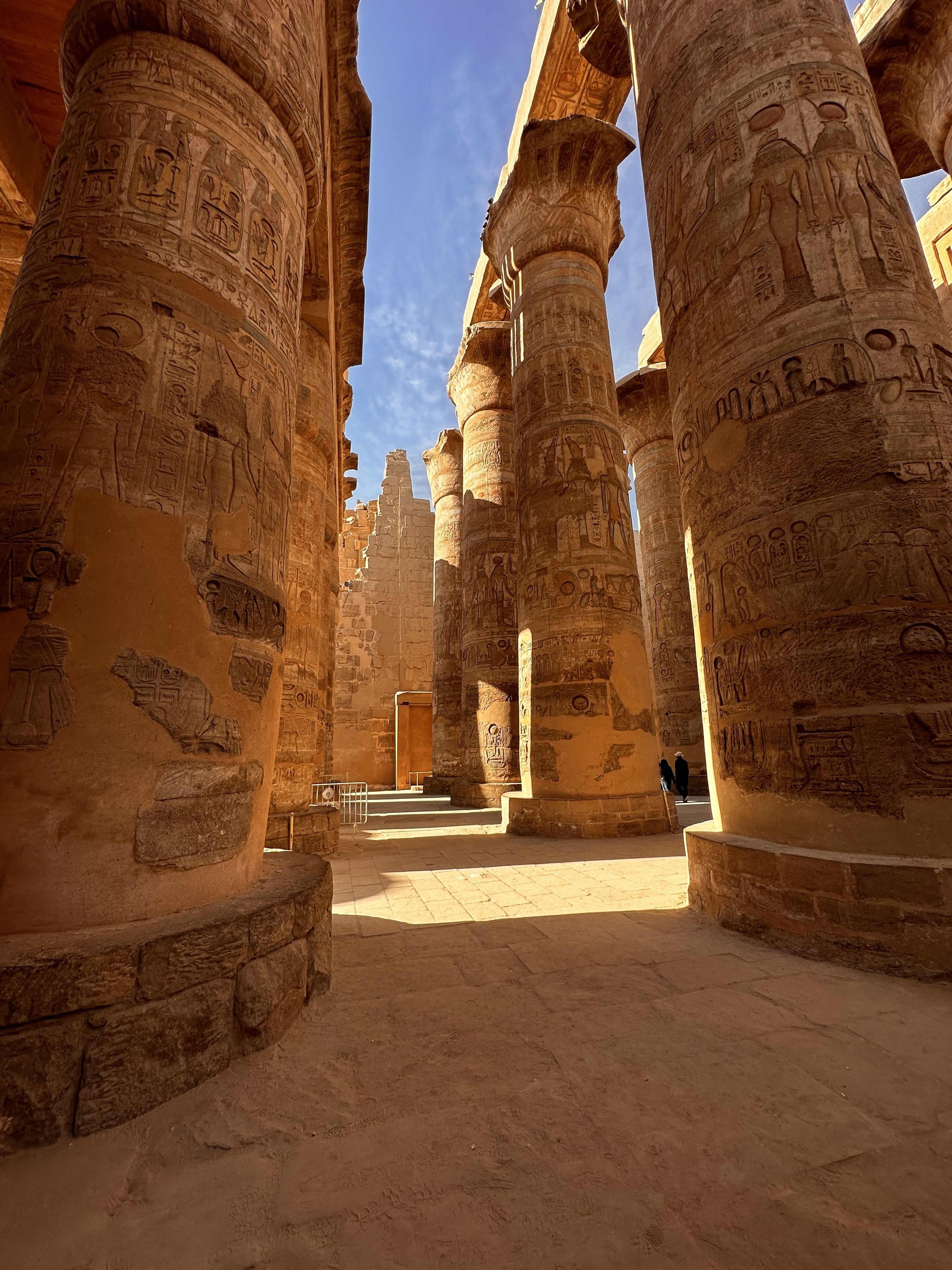Ancient Egypt is a predeluvian mega-ark library. Gateways to ancestors, benevolent gods and star races that guide, serve and protect our human story. This is the ancient architecture of reincarnation and sovereign evolution.
Luxor (Arabic: أَلْأُقْصُر Al 'Uqṣur) the name of "Luxor" means "Palaces" and it is the premier travel destination in Upper (southern) Egypt and the Nile Valley. The dynastic and religious capital of Middle Kingdom and New Kingdom Egypt, Luxor has much to offer travellers: vast temples, ancient royal tombs, spectacular desert and river scenery, vibrant agricultural and modern life.
Valley of the Kings Note that with this ticket, you will get to choose 3 tombs to visit of usually about 8 open in Valley of the Kings. Extra entry is required for Tutankhamen and Seti I. A camera ticket is extra.
- The Karnak temple complex at Luxor developed over more than 1,000 years, principally between the Twelfth and Twentieth Dynasties. . It was, at its peak, the largest and most important religious complex in ancient Egypt. The most significant structure, and the largest religious building ever built, is the Temple of Amun-Ra, considered to be where that god lived on earth with his wife, Mut, and son, Khonsu, who also have temples at the site. The Temple of Amun-Ra is famed for the vast Hypostyle Hall constructed during the reign of Seti I. After Memphis became the new dynastic capital, many of Luxor’s temples declined in importance. In later centuries, Ptolemaic rulers and Coptic Christians altered parts of the complex for their own uses. The area was in constant development and use between the Middle Kingdom (2080–1640 B.C.) and the early Christian period.
Temple of Luxor Ipet-resyt “Southern Sanctuary” to the ancient Egyptians, was so called because of its location within ancient Thebes (modern Luxor). It is located around three kilometers to the south of Karnak Temple, to which it was once linked with a processional way bordered with sphinxes. The oldest evidence for this temple dates to the Eighteenth Dynasty (c.1550–1295 BC). Ipet-resyt, unlike most other ancient Egyptian temples, is not laid out on an east-west axis, but is oriented towards Karnak.
Ramses III built his mortuary temple, also known as the Temple of Medinet Habu, which is considered an architectural masterpiece due to its beauty and preservation. It was dedicated to performing his funeral rituals, as well as to performing the rituals of worshiping the god Amun. This temple was built according to the usual traditions of temple construction in this era and is largely inspired by the Ramesseum. The earliest building on the site was a small shrine of the 11th dynasty (2081–1938 BCE), of which only the foundations remain. The shrine was later much enlarged by Hatshepsut and Thutmose III as a temple dedicated to the local form of Amon and the primeval Ogdoad (group of eight deities of the creation myth in Middle Kingdom Egypt [1938–c. 1630 BCE]).
The Tombs of the Nobles a number of tomb-areas on the West Bank at modern Luxor (Ancient Thebes) is known collectively as the Tombs of the Nobles.
- Tombs 96 (Sennofer - beautiful with many paintings) and 100 (Rekhmire - very large, also many paintings) which are the most interesting
- Tombs 55 (Ramose - large but empty), 56 (Userhet - agricultural scenes and many of Osiris) and 57 (Khaemhet - statues inside)
- Tombs 52 (smaller but includes explanations), 69 (Meena - many paintings), 41 (newly discovered)
The Ramesseum Temple
Colossi of Memnon
Deir el Medina or the Valley of the Artisans Extremely underrated and hardly visited is Deir el Medina where the paintings are so well preserved and gorgeous. Very easy to get to as you will likely pass it while visiting other sites. Ticket allows entry into 3 stunning tombs.
Howard Carter's House The original house of Howard Carter is a small museum.

